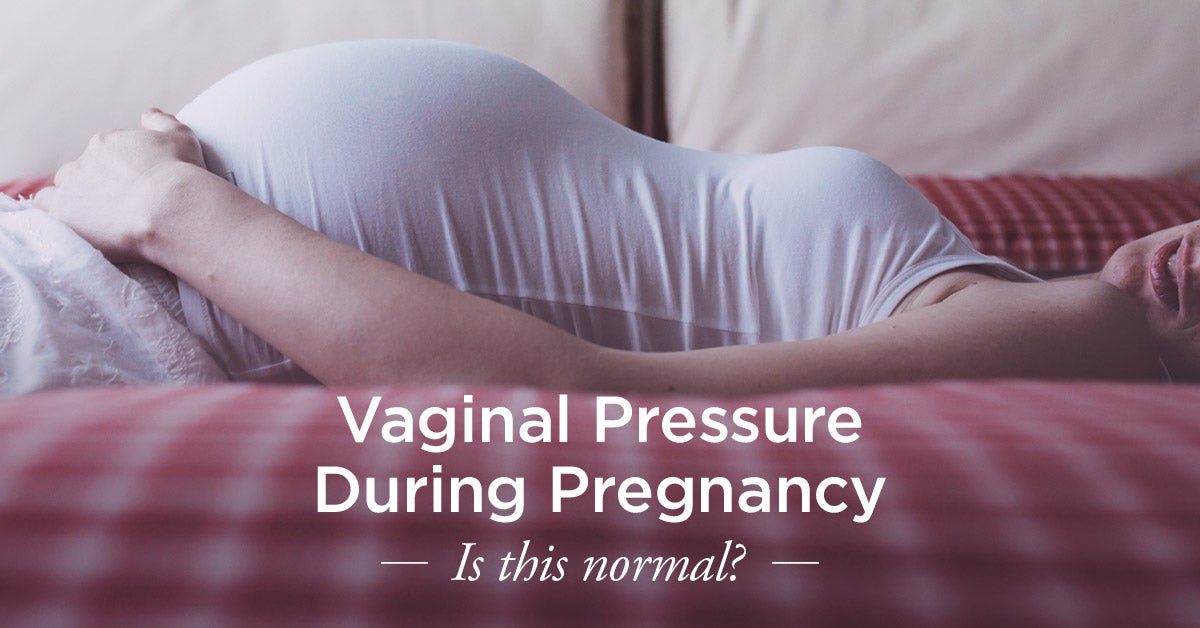
Typical symptoms, new sexual relationship, and the findings of the physical examination support the clinical diagnosis of PID (see Figure 1). Pelvic inflammatory disease (PID) is a likely diagnosis in this case. A urine dipstick test gave unremarkable results. She had cervical motion tenderness on bimanual vaginal examination with some adnexal tenderness. On examination, she was febrile with lower abdominal tenderness. Her past medical history is unremarkable with the exception of a ruptured appendix 1 year ago, which required surgery. She has been in a new relationship for the past 4 months. Case 1Ī 25-year-old woman presents with persistent lower abdominal pain of 1-week duration and smelly vaginal discharge. The example case studies presented below discuss different presentations of pathologies causing acute and chronic pelvic pain. any exacerbating and mitigating factors.timing (in relation to menses, food, micturition, defaecation, and sexual intercourse).The patient should be asked to describe the pain they are experiencing, for example: History takingĪ careful history (focusing on pain characteristics, a review of symptoms, as well as taking a gynaecological, sexual, and social history) and physical examination helps to narrow the differential diagnoses. 4Īiming for accurate diagnosis and effective management from the first presentation will help to reduce the disruption of the woman’s life and may avoid an endless succession of referrals, investigations, and operations. Other common diagnoses include menstrual disorders, non-inflammatory ovarian and tubal pathology (including cysts and torsion), and ectopic pregnancy.

cervicitis, candidiasis, Bartholin’s abscess) account for almost half of all diagnoses for women with pain caused by gynaecologic disorders. In the acute setting, PID and lower genital tract infections (e.g. 1Īcute pelvic pain in younger women may indicate problems with pregnancy, such as ectopic pregnancy. History of social issues and psychological issues (such as physical or sexual abuse) should also be investigated during the assessment of CPP. Social and psychological factors are strongly associated with chronic pelvic pain. In addition, past pelvic or abdominal surgery, or trauma during childbirth may contribute to the genesis of CPP. Patients with chronic inflammatory condition of the bladder (characterised by urination urgency, frequency, and pain on holding too long), in absence of another cause or irritable bowel syndrome, often present with CPP. 2 It may significantly impact on a woman’s quality of life as well as carrying a heavy economic and social burden.

Chronic pelvic pain (CPP) is defined as: ’ intermittent or constant pain in the lower abdomen or pelvis of a woman of at least 6 months in duration, not occurring exclusively with menstruation or intercourse, and not associated with pregnancy.’ 3 It is a symptom that presents in primary care as frequently as migraine or low back pain. Pelvic pain can be classed as acute or chronic based on the onset and duration of symptoms. Chronic pelvic pain can be due to various aetiologies including endometriosis, PID, adenomyosis, and dense adhesions. 1,2 Common causes of acute pelvic pain include pelvic inflammatory disease (PID), urinary tract infection (UTI), miscarriage, ectopic pregnancy, and torsion or rupture of ovarian cysts. It is a common presentation in primary care between 19, women aged 12–70 years in the UK were affected annually. Pelvic pain is more common in women than men. Lower abdominal and pelvic pain can be diagnostically difficult and the differentiation between gynaecological and surgical causes is sometimes blurred. Pelvic pain can also originate in the pelvic bones, muscles, nerves, joints, or blood vessels. Various organs are in the pelvis including the bowel, bladder, uterus, and ovaries and any of these organs can cause pelvic pain. The pelvis is the lowest part of abdomen. We estimate that this activity will take you 30 minutes-worth 0.5 CPD credits. Osteoarthritis resource hub by Pfizer LtdĪfter reading this article, ‘ Test and reflect ’ on your updated knowledge with our multiple-choice questions.


 0 kommentar(er)
0 kommentar(er)
